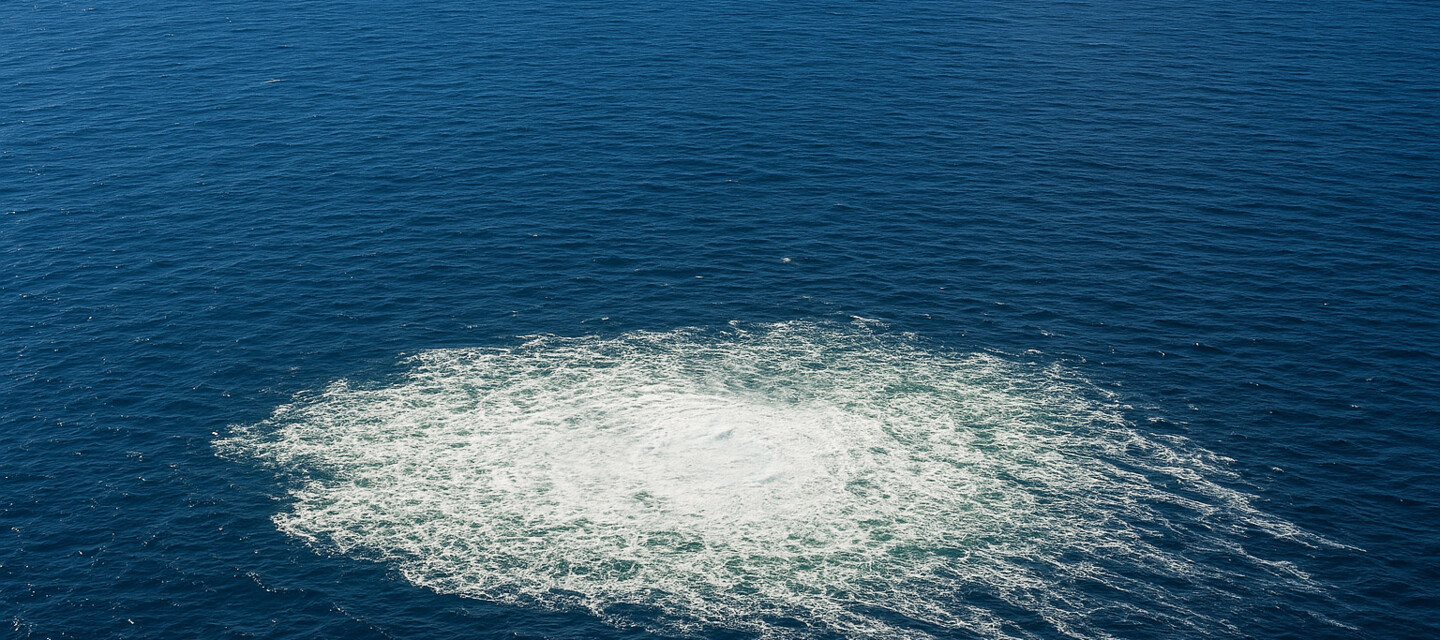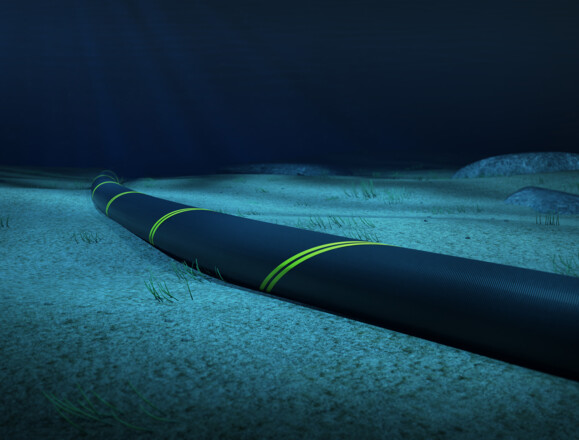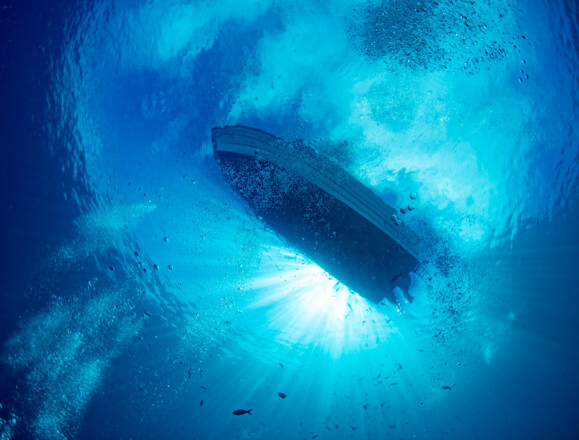Subsea infrastructure is playing an increasingly important role—both in energy transmission and global data communication. These cables and pipelines span vast distances, cross environmentally sensitive marine areas, and often lie buried in deep, hard-to-access parts of the seabed. This makes reliable, continuous monitoring essential—ideally in real time and without the need for physical inspection.
AP Sensing offers a solution based on fiber optic sensing technology: With Distributed Temperature Sensing (DTS) and Distributed Acoustic Sensing (DAS), the optical fibers integrated into the cable themselves become sensors. This enables precise detection and localization of temperature changes, mechanical stress, and even subtle acoustic signals—such as anchor drags or seismic activity—along the entire cable length.
The importance of such monitoring systems has become particularly evident in light of events such as the 2022 attacks on the Nord Stream pipelines. Daniel Gerwig, Global Sales Manager at AP Sensing, explained in an interview with Frankfurter Allgemeine Zeitung:
"If one of our systems had been connected to the Nord Stream pipelines, it would not have been possible to install explosive devices there without someone noticing."
DAS systems detect acoustic activity along the fiber—from anchors being dragged across the seabed to deliberate interference with the infrastructure—and can report such incidents in real time. Given the growing political and economic significance of subsea cable connections, these systems provide a vital contribution to the safe and secure operation of this critical infrastructure—durable, low-maintenance, and highly sensitive.
The full FAZ article in German is available here:


